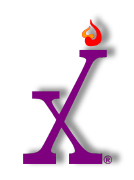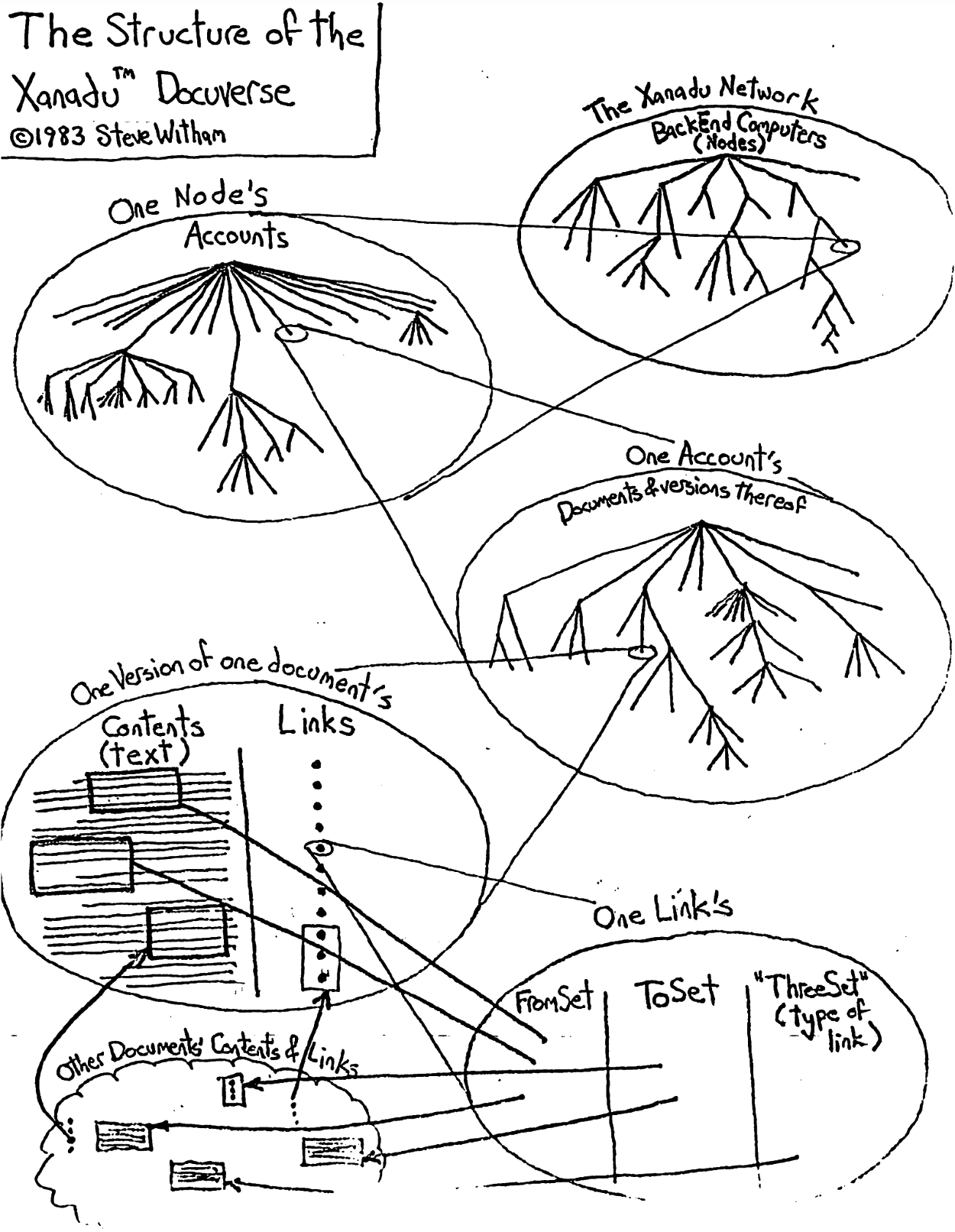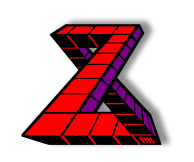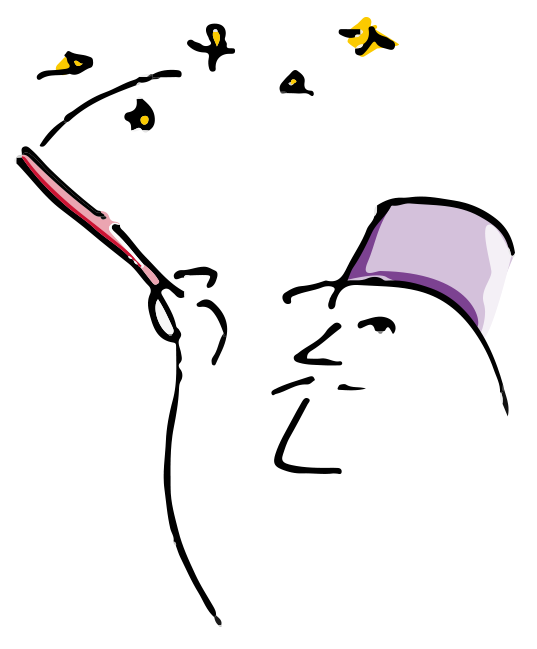Ted’s Radical DesignsTed’s designs over the years have always been radical —
derived from first principles rather than computer traditions

Nelson Documents
For the new world of written thought —
electronic documents —
Ted proposed visible, side-by-side connections
that could never exist on paper.


 Xanadu Classic
The Web gave us a different kind of addressing,
the URL.
Xanadu Classic
The Web gave us a different kind of addressing,
the URL.


Rights
For content assembled in the user’s viewer, Ted has proposed
a new legal arrangement — transcopyright (abbreviated
trans©), a different kind of legal republishing
permission, which allows one publisher's content to be
included in any amount in another publisher’s document,
without prior arrangement but not ending hope of payment (as
do Creative Commons and GPL).

Microsale and Micropayment
For content assembled in the user’s viewer, Ted designed a
system that sells by the element, which can be as small as a
single character, image, or video frame, as determined by
the transcopyright holder. The transcopyright holder also
sets the price per element.

Data
For organizing and visualizing data, Ted designed a
different world — the ZigZag® structure engine.



Time
For visualizing time —
planning and keeping track of any kind of item —
Ted designed the Spiraltime
™
time viewer/planner.

Note-Taking
For taking notes while walking or driving,
Ted has designed the
Walky Thinky
™
,
a one-handed typing device, using standard hardware.


UTMOS
™

Xanadu Office
™
























